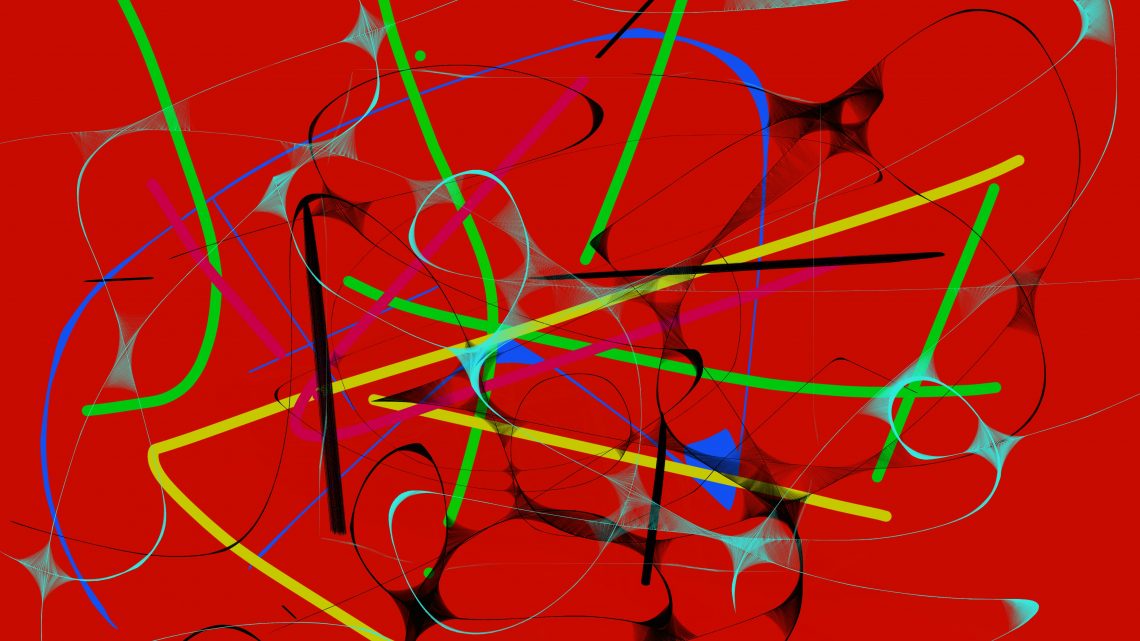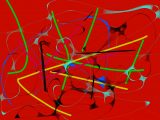
Young researchers claim that the corona virus was not produced in a laboratory
30. März 2020Young researchers claim that the corona virus was not produced in a laboratory
New York, March 30, 2020
The genetic makeup of the virus shows that SARS-CoV-2 is not a mix of known viruses, as would be expected if it were made by humans. And it has unusual traits that were recently identified in scaly anteaters called pangolins, evidence that the virus is natural, Kristian Andersen and his colleagues recently reported in Nature Medicine.
When Andersen, an infectious disease researcher at the Scripps Research Institute in La Jolla, California, first heard about the corona virus that broke out in China, he wondered where the virus came from. Initially, the researchers believed that it was spread through repeated infections that passed from animals to humans at a fish market in Wuhan and then passed on from person to person. Analyzes by other researchers have now shown that the virus has probably only jumped once from an animal into a person and has been spread from person to person since around mid-November (SN: 3/4/20).
However, shortly after the virus‘ genome became known in early January, there were rumors that the virus may have been developed in a laboratory and released intentionally or accidentally.
An unfortunate coincidence has fueled conspiracy theories, says Robert Garry, a virologist at Tulane University in New Orleans. The Wuhan Institute of Virology was “in close proximity” to the seafood market and had conducted studies on viruses, including coronaviruses, found in bats that can cause disease in humans. „That made people think that it escaped and was hidden in the sewer system. In the past, viruses, including SARS, were accidentally released in other laboratories.“ You can’t simply deny that. “ Andersen says, „That would be stupid.“
Looking for clues
Andersen gathered a team of evolutionary biologists and virologists, including Garry, from several countries to examine the virus for evidence that humans might have made or grown in a laboratory and accidentally released it.
„We said,“ Let’s take this theory – of which there are several versions – that the virus has no natural origin … as a serious potential hypothesis, „says Andersen.
The researchers met via Slack and other virtual portals and analyzed the genetic material or the RNA sequence of the virus for indications of its origin.
It was clear „almost overnight“ that the virus was not man-made, says Andersen. Anyone who wants to create a virus must work with known viruses and develop them so that they have the desired properties.
However, the SARS-CoV-2 virus has components that differ from those of previously known viruses, so that they had to come from an unknown virus or viruses in nature. „Genetic data irrefutably show that SARS-CoV-2 is not derived from a previously used virus backbone,“ Andersen and colleagues write in the study.
“This is not a virus that someone would have made up and cobbled together. It has too many different features, some of which are not intuitive, ”says Garry. „You wouldn’t do this if you tried to create a more deadly virus.“
Other scientists agree. „We see absolutely no evidence that the virus was developed or released on purpose,“ said Emma Hodcroft, a molecular epidemiologist at the University of Basel in Switzerland. She was not part of Andersen’s group, but part of a Nextstrain.org team of scientists who are tracking small genetic changes in the coronavirus to learn more about its global distribution.
This finding reveals a controversial analysis that was published on bioRxiv.org prior to the review and claims to have found pieces of HIV in the coronavirus, says Hodcroft. Other scientists quickly identified shortcomings in the study, and the authors withdrew the report, but not before it fueled the idea that the virus was being developed.
Some sections of the virus‘ genetic material resemble HIV, but this is something that stems from those viruses that have a common ancestor during evolution.
Find special features
Next, Andersen’s group set out to determine whether the virus could have been accidentally released from a laboratory. This was a serious option, as researchers in many places work with coronaviruses that have the potential to infect humans, he says. „Sometimes something comes from the laboratory, almost always by mistake,“ he adds.
According to Andersen, the researchers noticed some unexpected features of the virus. In particular, the gene coding for the spike protein of the coronavirus contains 12 additional RNA building blocks or nucleotides. This spike protein protrudes from the surface of the virus and enables the virus to bind to and penetrate human cells. This insertion of RNA building blocks adds four amino acids to the spike protein and creates a place in the protein where an enzyme called furin can be cut. Furin is produced in human cells and only cleaves proteins at locations where a certain combination of amino acids is found, such as that generated by the insertion. SARS and other SARS-like viruses do not have these interfaces.
The COVID-19 virus spike protein also binds more closely to a protein on human cells called ACE2 than SARS (SN: 3/10/20). Tighter binding can allow SARS-CoV-2 to more easily infect cells. Together, these characteristics can explain why COVID-19 is so contagious (SN: 13.03.20).
„These two traits are very strange,“ Andersen said. „How do we explain how they came about? I have to be honest. I was skeptical that it was natural. This could have happened in tissue cultures in a laboratory where viruses can take on mutations because they replicate many times in laboratory dishes. In nature, viruses that carry some of these mutations can be separated out by natural selection, but remain in laboratory dishes in which even weak viruses do not have to fight hard for survival.
Cling the case for nature
But then the researchers compared SARS-CoV-2 with other coronaviruses recently found in nature, including bats and pangolines. „It looks like SARS-CoV-2 could be a mixture of bat and pangolin viruses,“ said Garry.
Viruses, especially RNA viruses such as corona viruses, frequently exchange genes in nature. Finding genes related to the pangolin viruses was particularly reassuring, since the genes of these viruses were only known after the discovery of SARS-CoV-2, making it unlikely that anyone would work with them in a laboratory, he says.
In particular, the team found that pangolines also have the amino acids that cause the spike protein to bind tightly to ACE2. That was a very important hint for Andersen. It shows that there is no secret that it binds more closely to human [protein] because pangolins do it too. “
The attachment points were another indication that the virus is natural, Andersen notes. A “mucin shield” forms at the adhesion points, which protects the virus from attack by the immune system. However, laboratory tissue culture dishes do not have an immune system, so it is unlikely that such an adjustment will result from the growth of the virus in a laboratory.
The similarity of SARS-CoV-2 to bat and pangolin viruses is one of the best evidence that the virus is natural, according to Hodcroft. „This means there is another animal that spills over to humans,“ she says. „It is really the simplest explanation for what we see.“ The researchers are still not sure which animal was the source.
Andersen believes that conspiracy theories will not disappear through their analysis. Nevertheless, he believes that the analysis was worth it.

